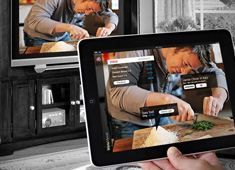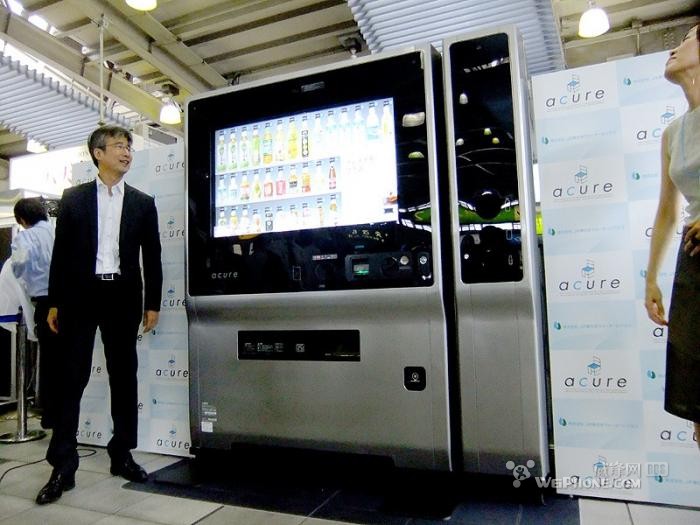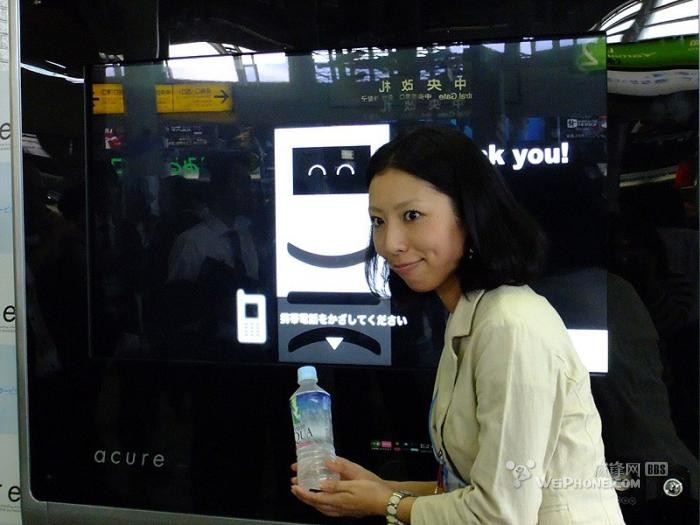 Could Claytronics make the simple act of preparing a meal as interactive and engaging as a video game? Michaël Harboun explores the future of everyday objects with the Living Kitchen Project.
Could Claytronics make the simple act of preparing a meal as interactive and engaging as a video game? Michaël Harboun explores the future of everyday objects with the Living Kitchen Project.
Claytronics is a technology concept that relies on nano-sized computers that can join together to form interactive 3D objects. Imagine walking up to a blank wall, tracing a rectangle, and having the microscopic computers making up the surface rearrange themselves into a functional TV monitor.
Michaël Harboun, a design student at Strate Collège, created the Living Kitchen Project to help envision a world where everyday objects have been replaced with that technology. Where the objects we clutter our kitchens with are reduced to simple surfaces manipulated via hand gestures.

"Now let's imagine a world where physical objects would gain digital abilities, meaning you could change the shape of any object as you would change the contents of your smartphone," Harboun says. "This would revolutionize our relationship with objects. An object would no longer induce a function by the way it looks. The user himself would define the functions of an object, the user becomes creator."
While such technology seems distant and alien, extreme research into the field is currently being conducted at the Carnegie Mellon University in Pittsburgh, Pennsylvania. While the Living Kitchen is still a long ways off, the foundation is being built.
Being a design student, Harboun finished his presentation with a statement about how the role of the designer would change once all of that kitchen clutter becomes obsolete.
"The designer would still keep his position as a guarantor of quality. He would create sophisticated shapes in order to propose the best usages possible for his customer's needs. But he would also play an important role in the way the user interacts with the object. Designing the matter's behavior will perhaps be a new challenge for tomorrow's designers."
Send an email to Michael Fahey, the author of this post, at [email protected].















 .
.







 Could Claytronics make the simple act of preparing a meal as interactive and engaging as a video game? Michaël Harboun explores the future of everyday objects with the Living Kitchen Project.
Could Claytronics make the simple act of preparing a meal as interactive and engaging as a video game? Michaël Harboun explores the future of everyday objects with the Living Kitchen Project.











